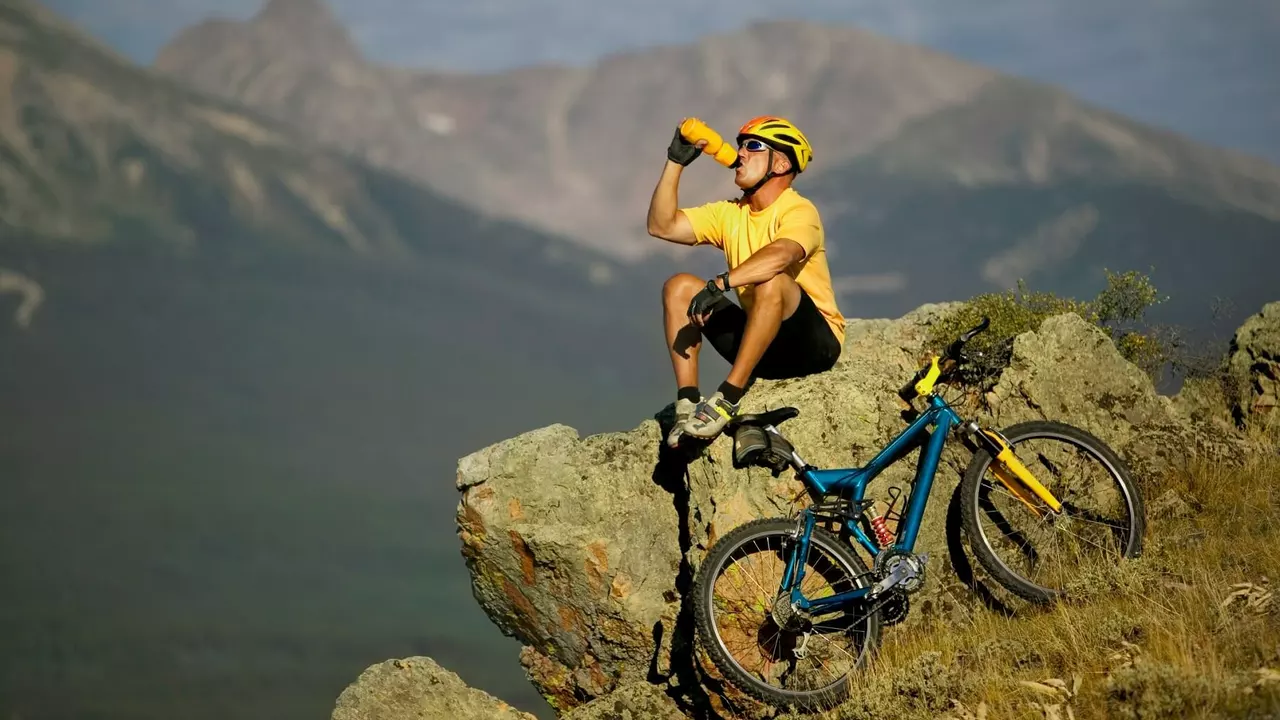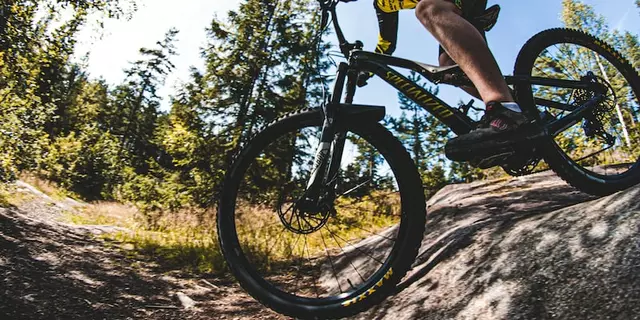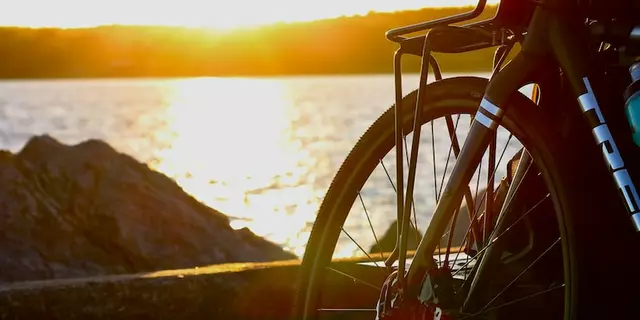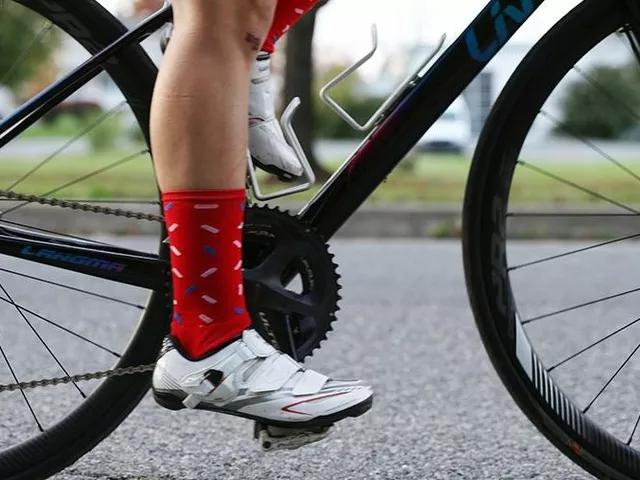Mountain Bike Basics: What Every New Rider Should Know
If you’ve ever watched a rider blaze down a rugged trail and thought, “I want to try that,” you’re in the right place. Mountain biking isn’t a mystery; it’s just a mix of the right bike, the right gear, and a willingness to get a little mud on your shoes. Below you’ll find the core steps to start riding safely and have fun.
Getting Started with a Mountain Bike
First off, you don’t need an ultra‑expensive machine to enjoy the trails. Look for a hard‑tail bike (front suspension only) with a sturdy aluminum frame. It’s lighter, cheaper, and handles most beginner routes with ease. Size matters: stand over the top tube and make sure you have at least an inch of clearance. That simple check prevents sore hips and makes mounting easier.
Next, set your seat height so that when your foot is on the pedal at its lowest point, your leg is almost straight. This position gives you power and reduces knee strain. Adjust the handlebars so you can sit upright with a relaxed grip – cramped shoulders are a quick way to quit.
Before you hit the trail, practice basic skills on flat ground. Learn to brake smoothly with both levers, shift gears before you need them, and get comfortable standing up on the pedals. These habits translate directly to the woods, where quick reactions keep you safe.
Choosing the Right Gear
Good shoes make a world of difference. Clip‑in shoes lock your foot to the pedal and improve power transfer, but they require practice. If you’re nervous, start with flat pedals and sturdy sneakers that have good grip. As you grow confident, switch to clip‑ins for efficiency.
Helmet? Absolutely. Pick a full‑face or a sturdy road helmet with vents. It must fit snugly – you should be able to feel it without it sliding. Gloves protect your hands from branches and improve grip, especially on wet or muddy trails.
Don’t forget a basic repair kit: a spare tube, tire levers, mini‑pump, and a multi‑tool. A puncture can ruin a ride, but with a kit you’re back on the trail in minutes. Pack a water bottle and a snack; short climbs can drain energy fast.
Clothing should be breathable and weather‑appropriate. A lightweight, water‑resistant jacket works for most UK conditions, and padded shorts add comfort on longer rides.
Now that you’ve got the bike and gear sorted, explore local routes. Skipton offers a range of trails – from gentle forest loops to steeper hill climbs. Start with easy loops, then gradually add a section with technical features like roots or small rocks. The key is incremental challenge; you’ll improve without over‑exerting yourself.
When you feel ready, try a group ride. Riding with others teaches line choice, pacing, and confidence. Plus, it’s a great way to meet fellow enthusiasts and discover hidden paths you might miss on solo trips.
Remember, mountain biking is about fun and progress, not perfection. Each ride teaches something new – a better braking technique, a smarter gear shift, or a shortcut around a tricky rock. Keep a notebook or phone notes of what worked and what didn’t, and you’ll see steady improvement.
Lastly, respect the environment. Stay on marked trails, pack out any litter, and avoid riding when the ground is overly wet – it protects both the path and your bike’s tires.
With a sensible bike, the right gear, and a willingness to learn, the trails around Skipton are yours to explore. Grab your bike, head out, and enjoy the rush of fresh air, scenery, and the satisfying thump of your wheels on the dirt.

Can I ride 20 km in the city on a mountain bike?
Absolutely, you can ride 20 km in the city on a mountain bike! It might be a bit more challenging due to the bike's heavier build and wider tires, but it's definitely doable. You just need to maintain a steady pace and ensure your bike is in proper working order. But remember, it's not a race, so take your time and enjoy the ride. This can also be a great opportunity to improve your fitness level.
View More



